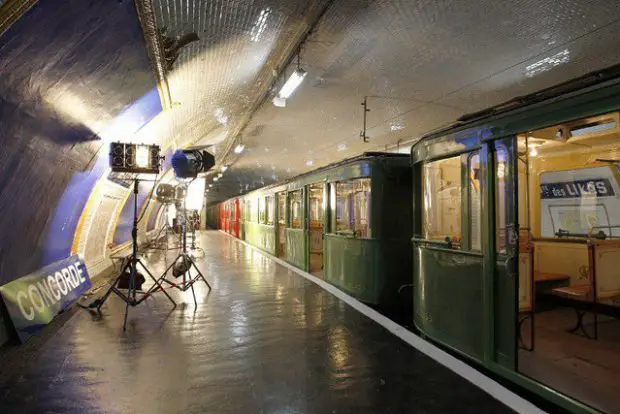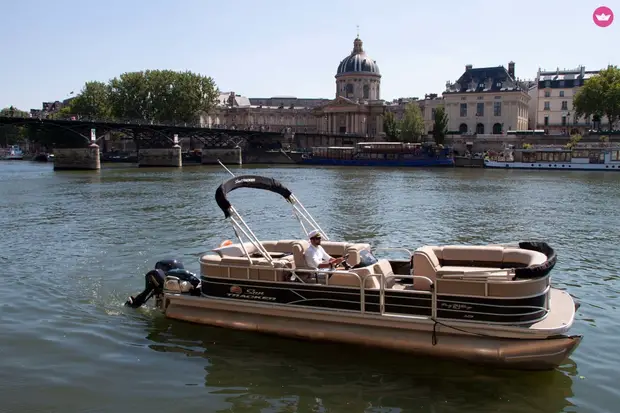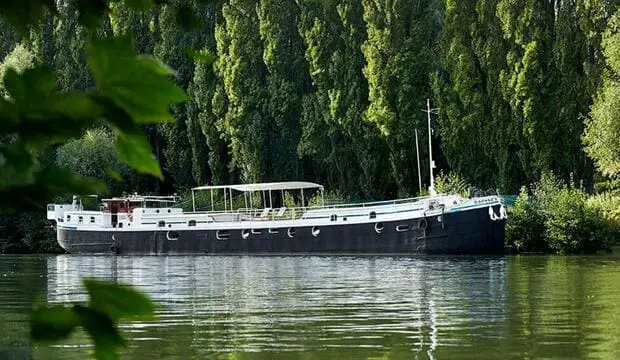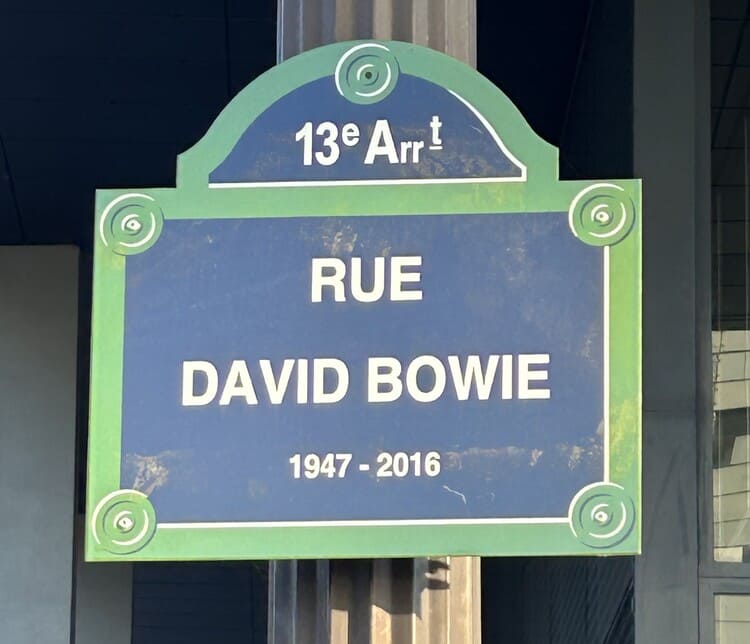In the 1800s, Paris had a serious problem: the streets smelled bad. Really bad. People relieved themselves anywhere they could, and the city was full of trash and horse droppings.
To make things cleaner and more civilized, Paris built a smart solution—public urinals called “pissoirs.” They weren’t just useful. Some were surprisingly beautiful too.
Let’s look at how these unusual structures helped change the city.
They Were Built to Fight the Smell
In the 19th century, Paris had no proper toilets in public places.
Men often just went in the street.
The city smelled terrible.
To fix this, a man named Rambuteau, the city prefect, ordered the construction of special outdoor toilets just for men.
These urinals had a simple shape—a round column with an open side facing the street, but decorated nicely on the other sides.
People quickly started calling them “colonnes Rambuteau.”
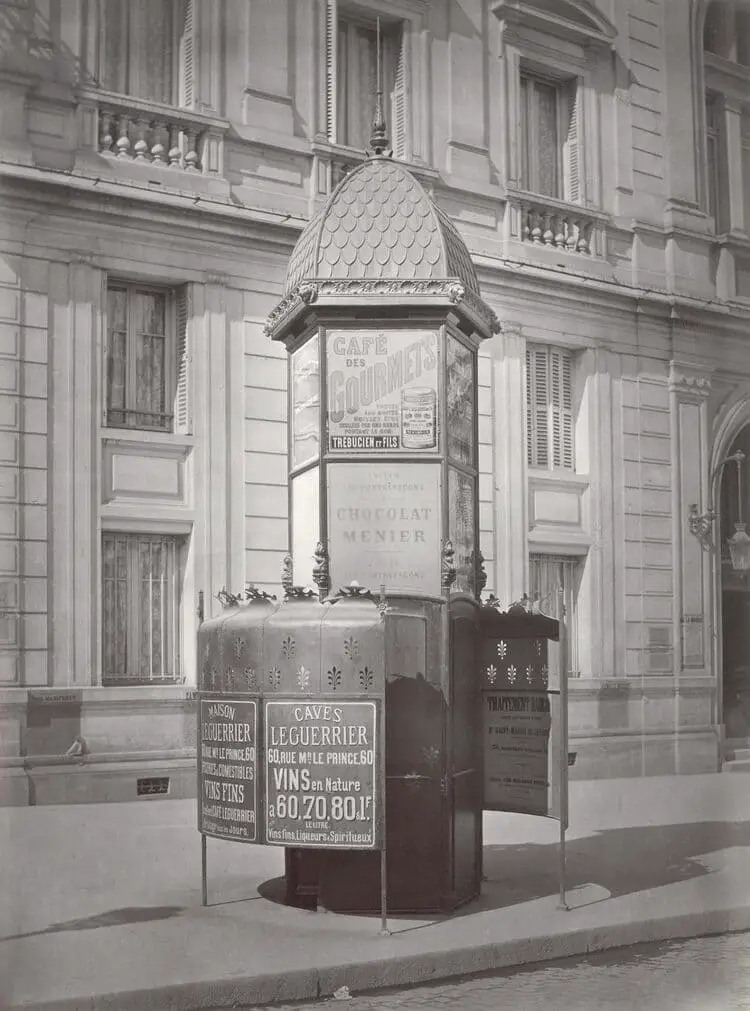
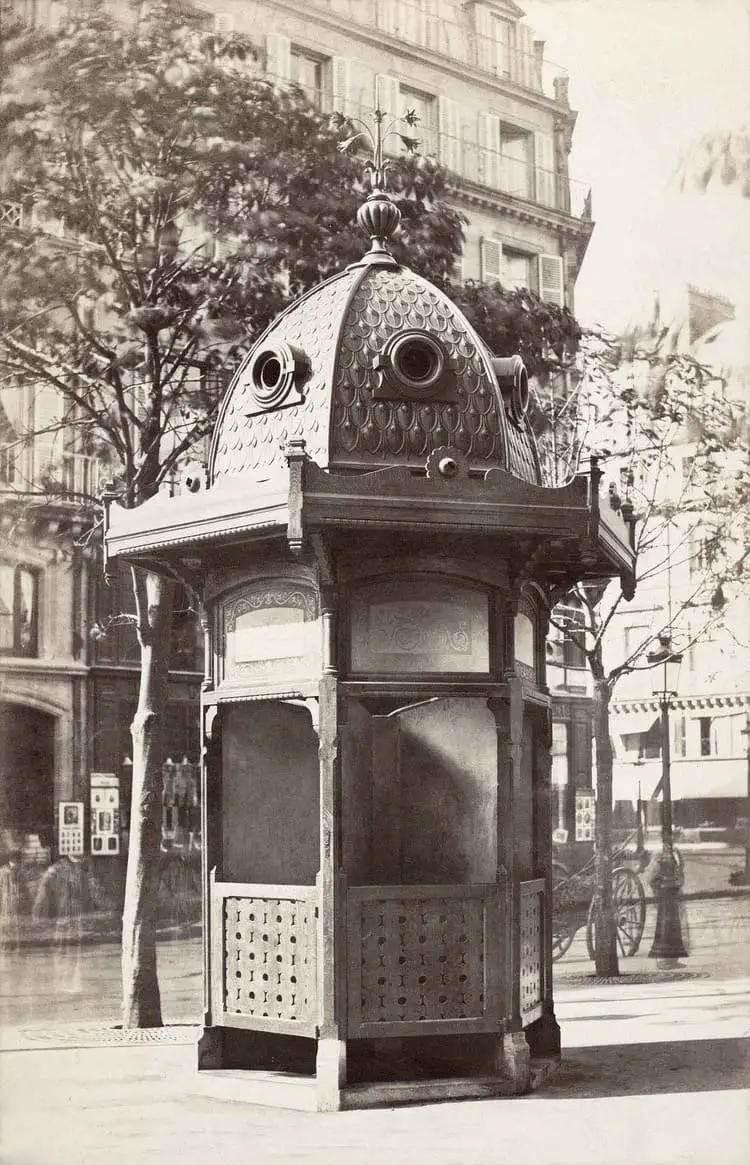
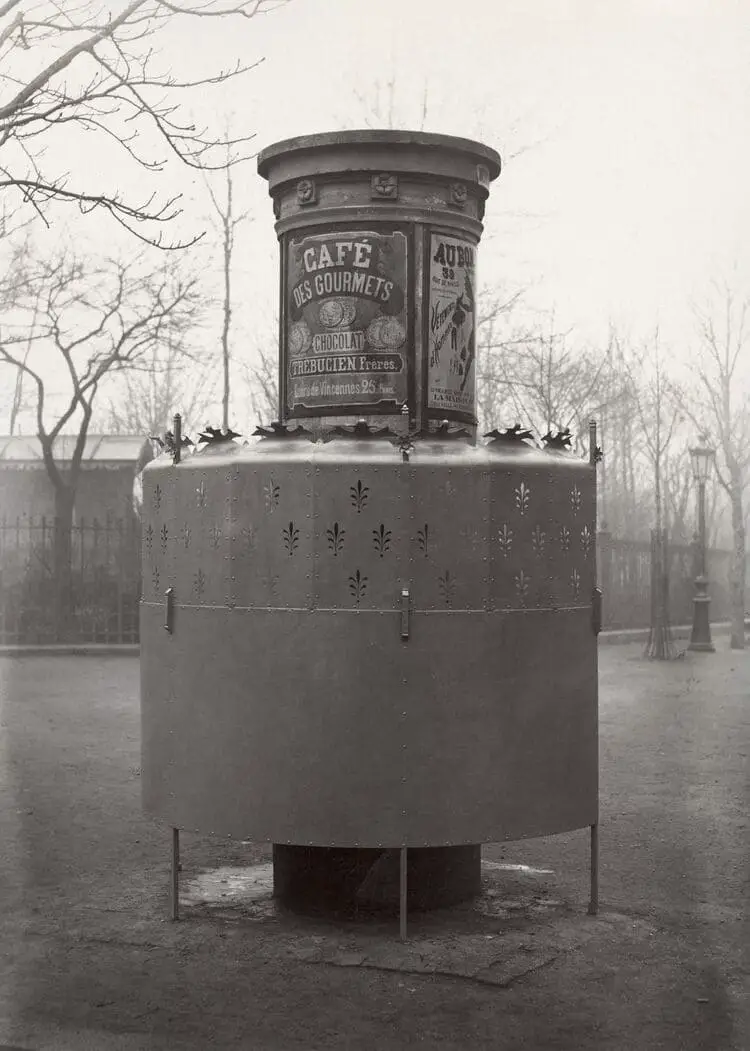
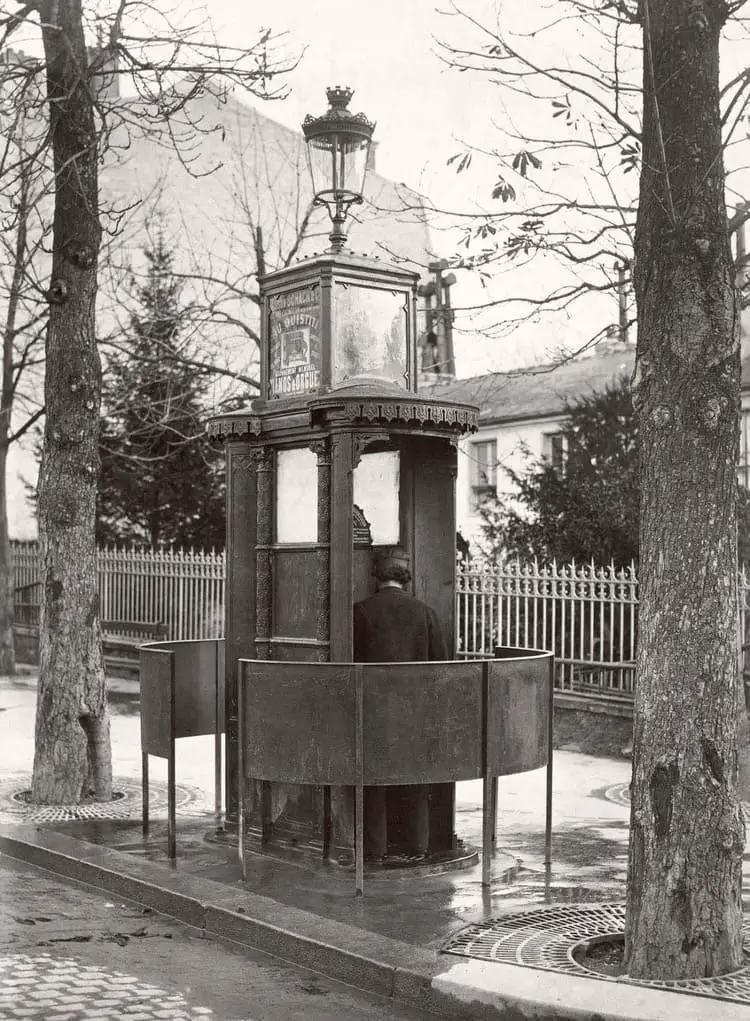
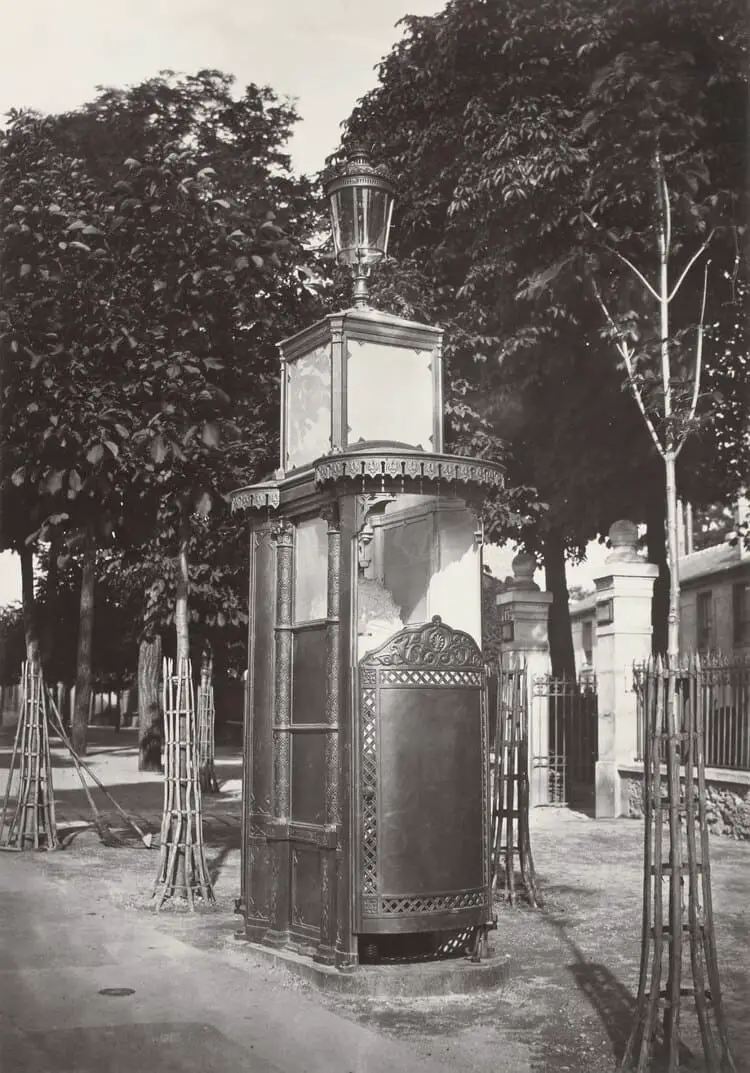
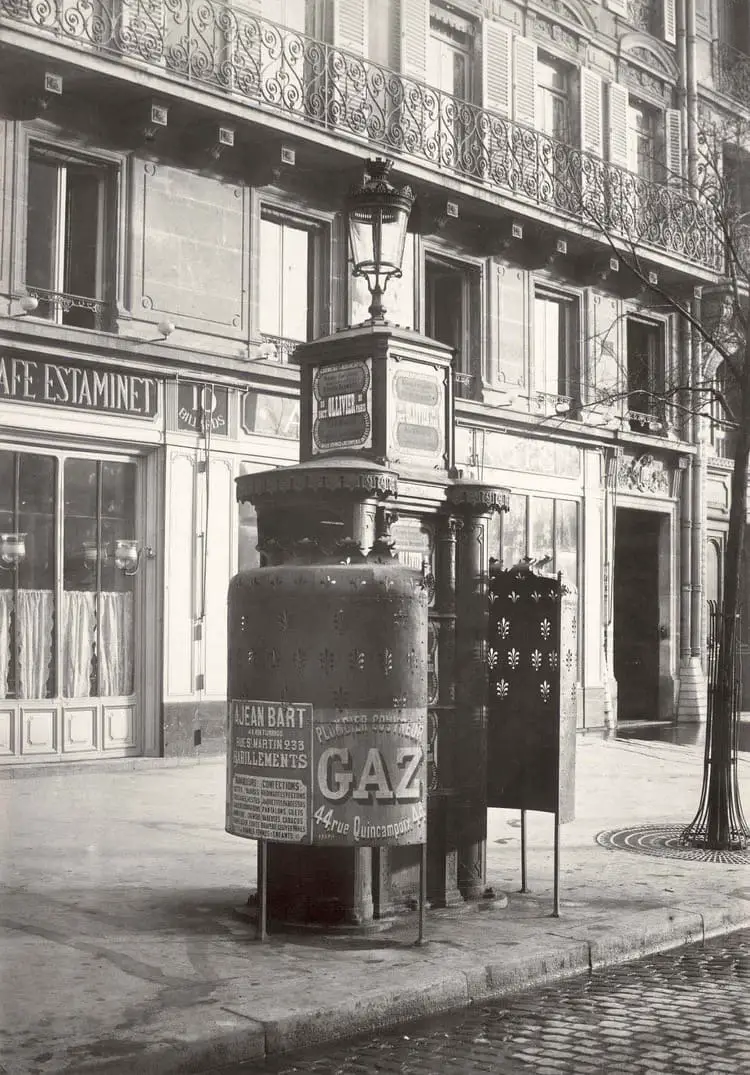
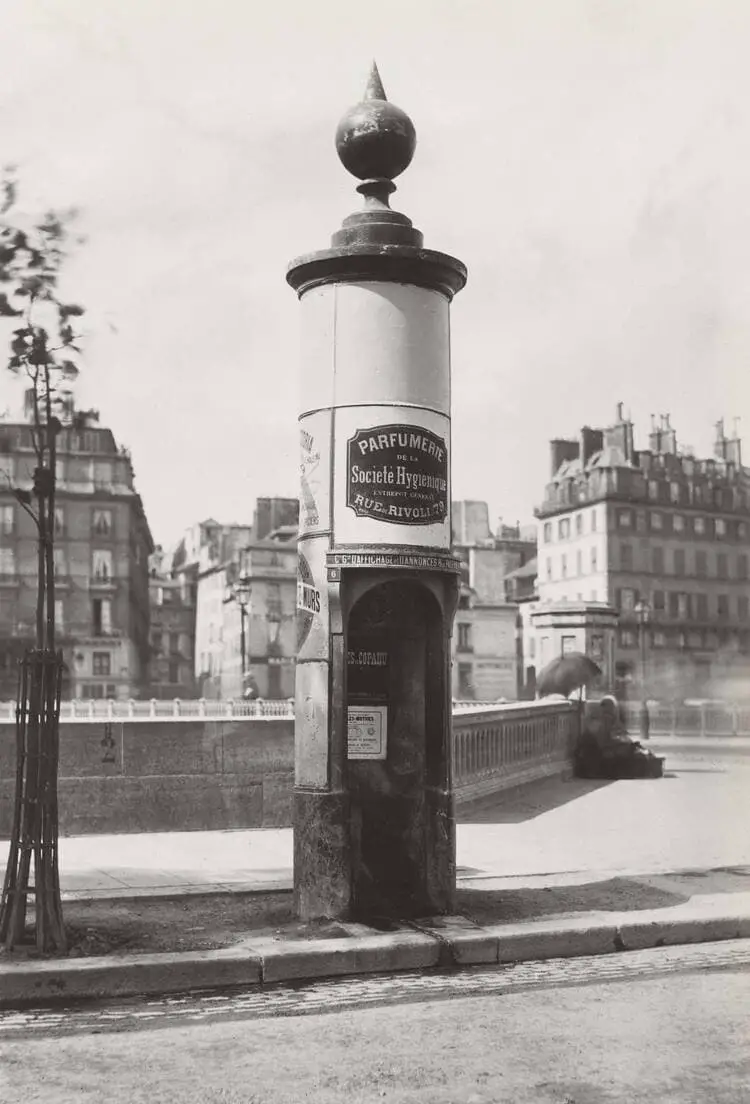
They Were Named After a Roman Emperor
Rambuteau didn’t want his name to be linked to urinals forever, so he suggested calling them “vespasiennes” instead.
This name comes from Emperor Vespasian, a Roman leader from the 1st century who once put a tax on urine.
In France, that became the official name.
But in other countries, people still used the word “pissoir.”
They Weren’t Very Private!
These early urinals gave men a little privacy—but not much.
The main idea was to hide the middle of the body, but you could still see the person’s head and feet.
Still, it was better than nothing—and it helped keep the streets a lot cleaner.
Later, more advanced designs were made with cast iron and included screens to make them a bit more discreet.
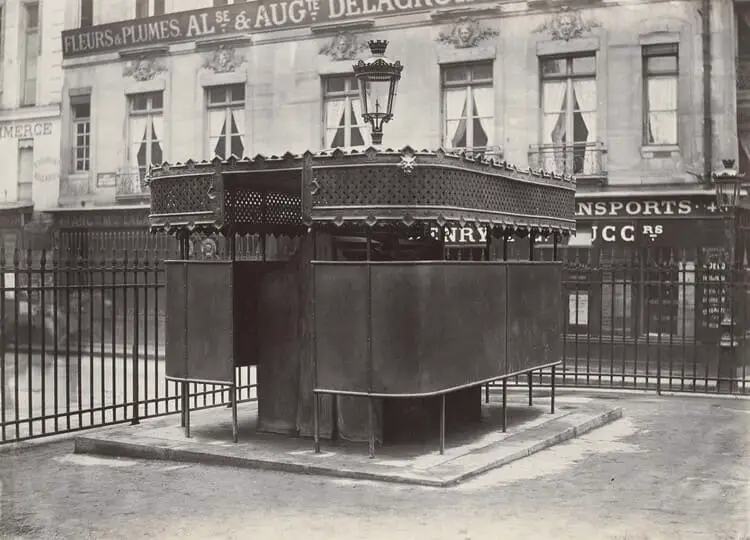
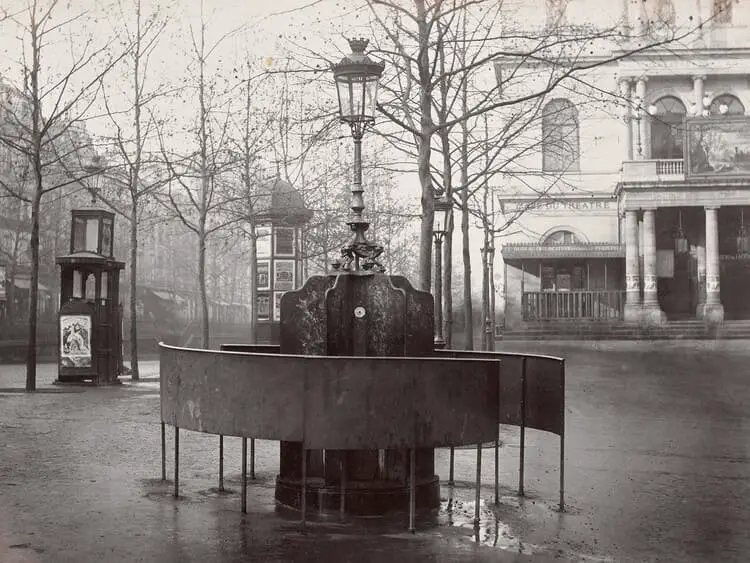
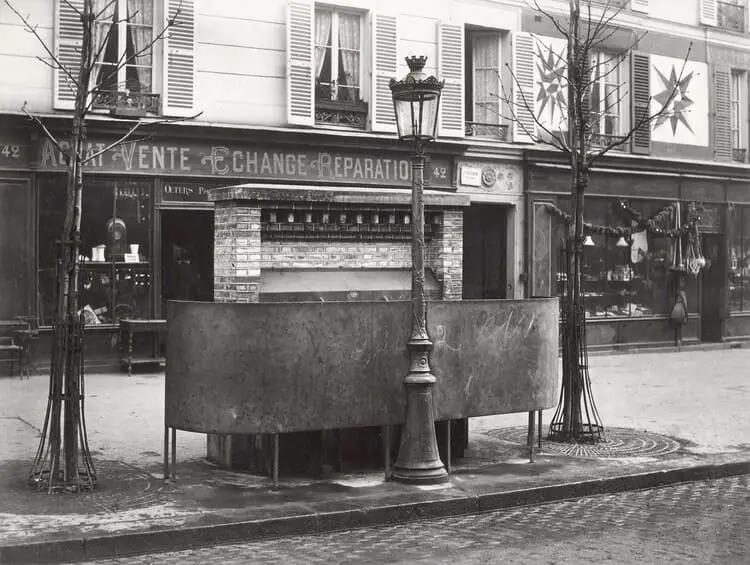
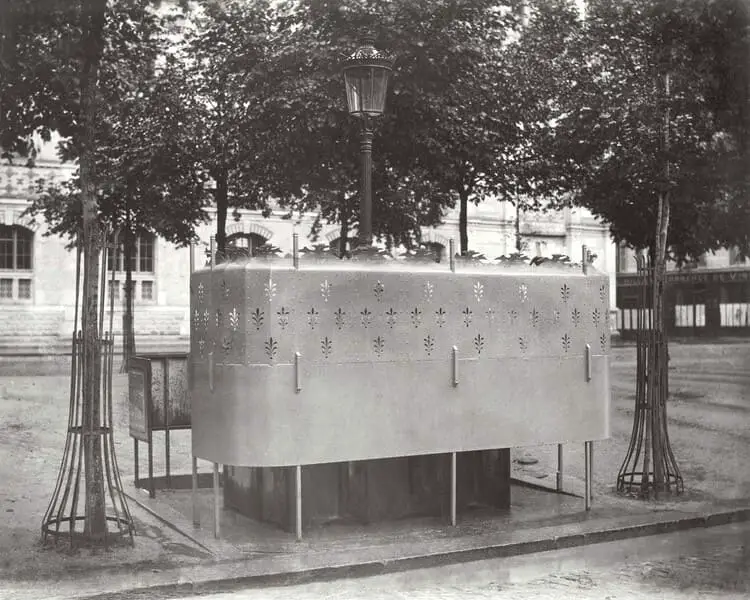
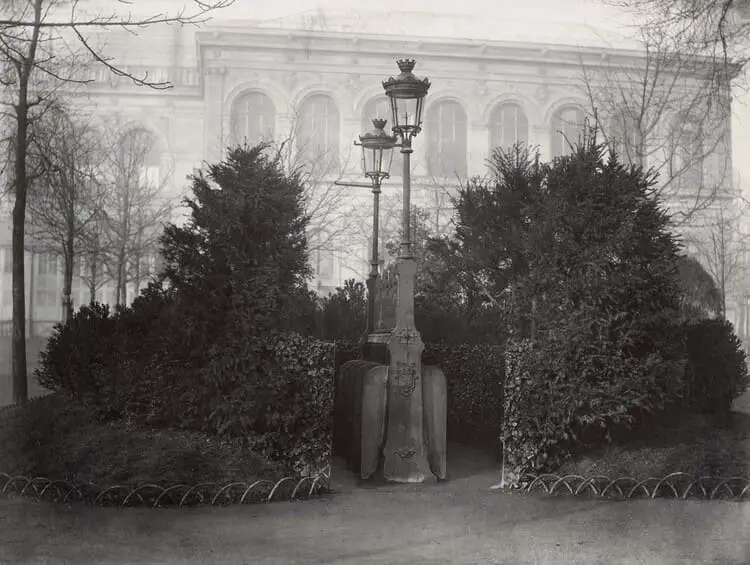
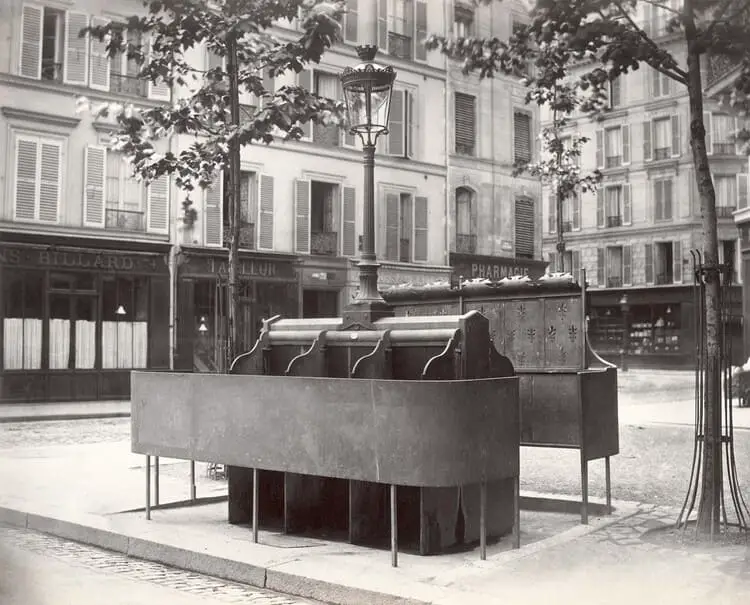
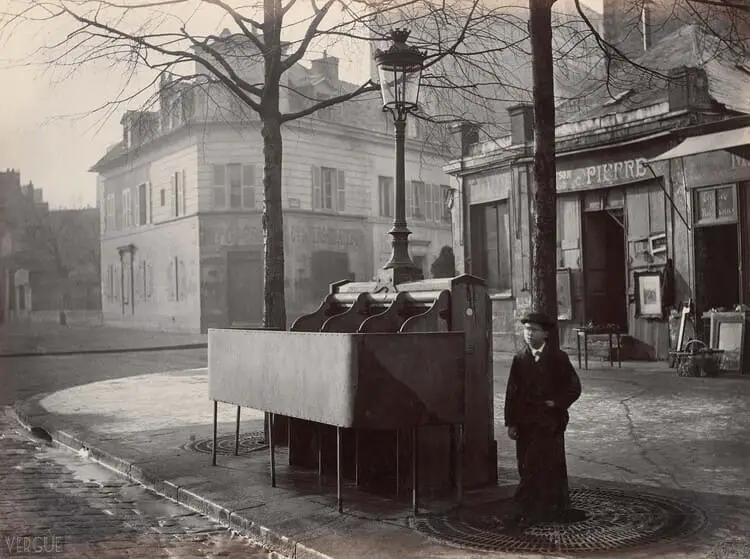
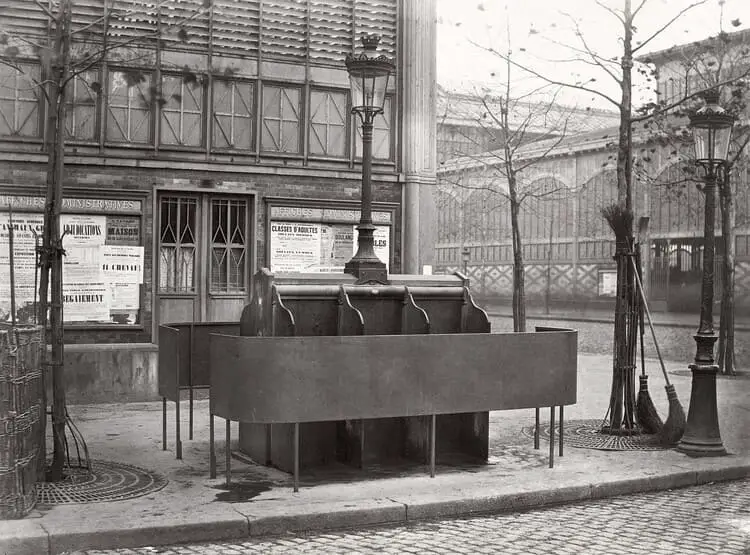
There Were Over 1,000 of Them!
By the 1930s, Paris had more than 1,230 pissoirs across the city.
Some had two to eight stalls and came in many styles.
Famous photographer Charles Marville took beautiful photos of them in the 1800s.
During World War II, members of the French Resistance even used pissoirs to meet secretly or leave messages—because no one would think to check there!
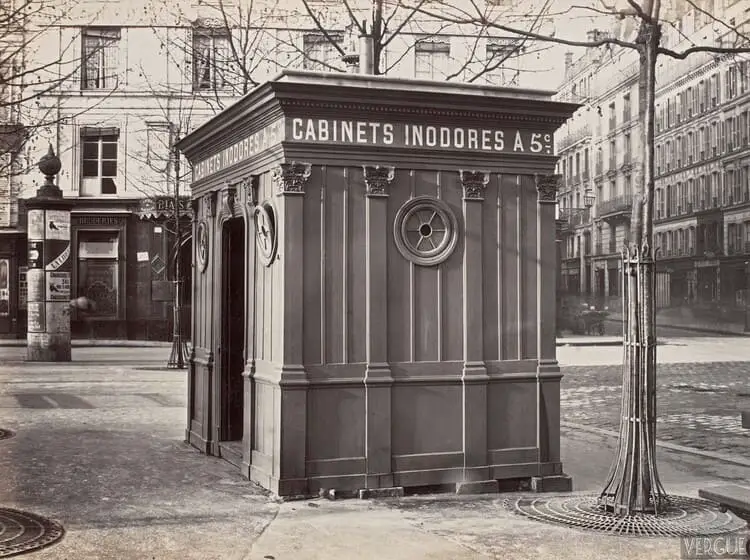
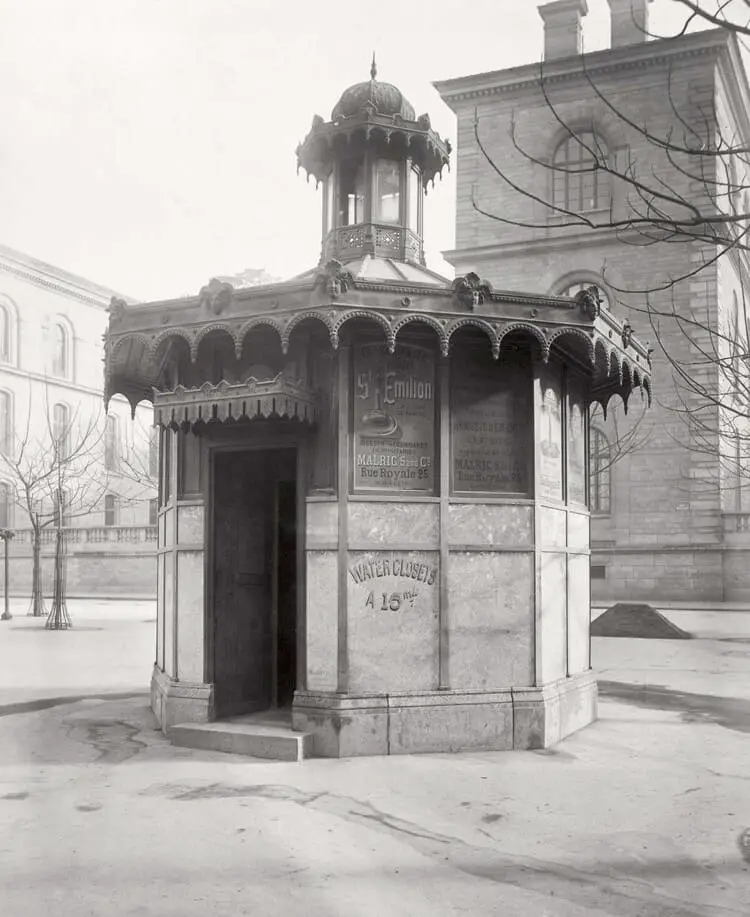
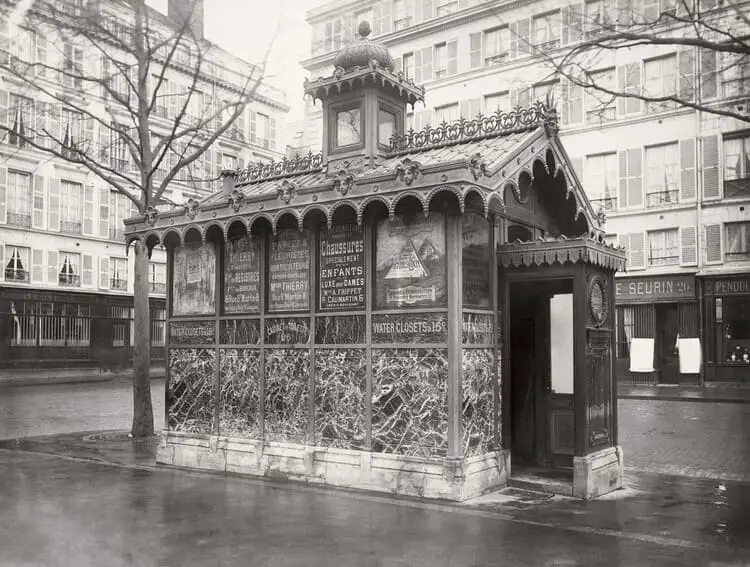
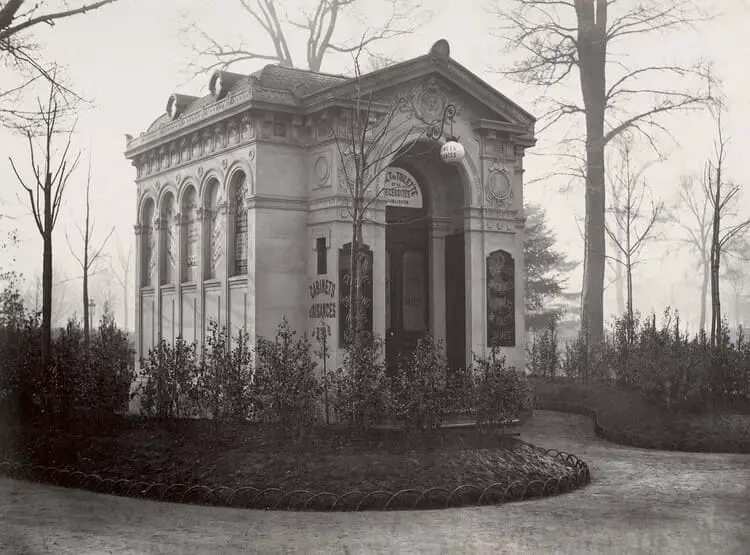
You Can Still See One Today
In the 1980s, Paris started replacing the old pissoirs with modern Sanisettes—unisex, self-cleaning toilet cabins.
These gave more privacy and could be used by anyone, not just men.
Today, only one original pissoir remains. You can still find it on Boulevard Arago in Paris.
It’s a small reminder of how the city used creativity and design to solve an everyday problem.
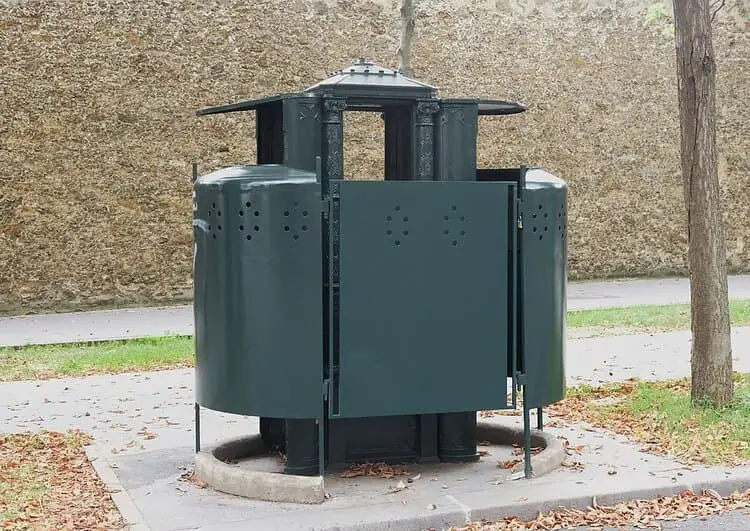
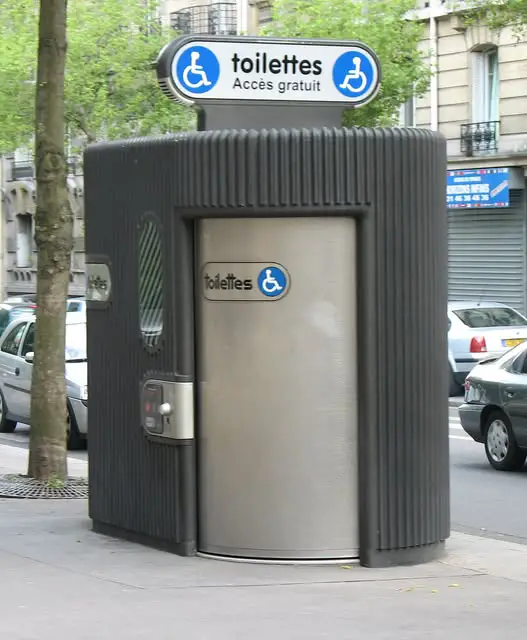

With a passion for travel and having visited over 50 countries, Dorian is eager to share his favorite spots and expert tips to help you explore Paris and France like a local.

